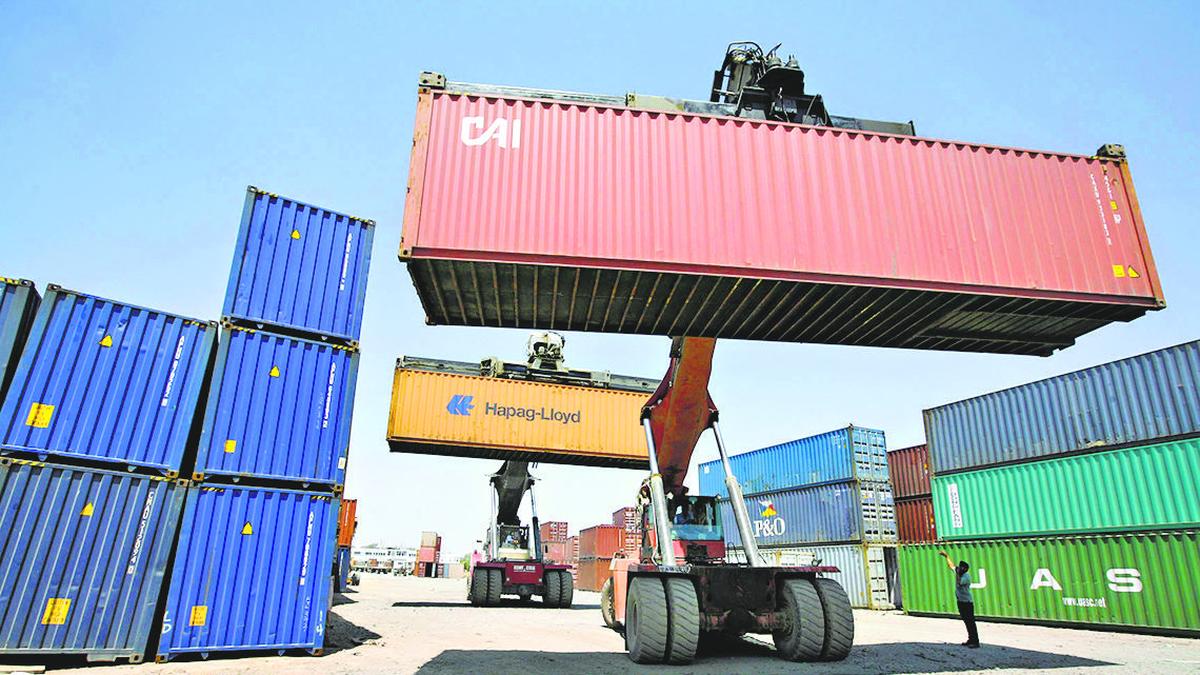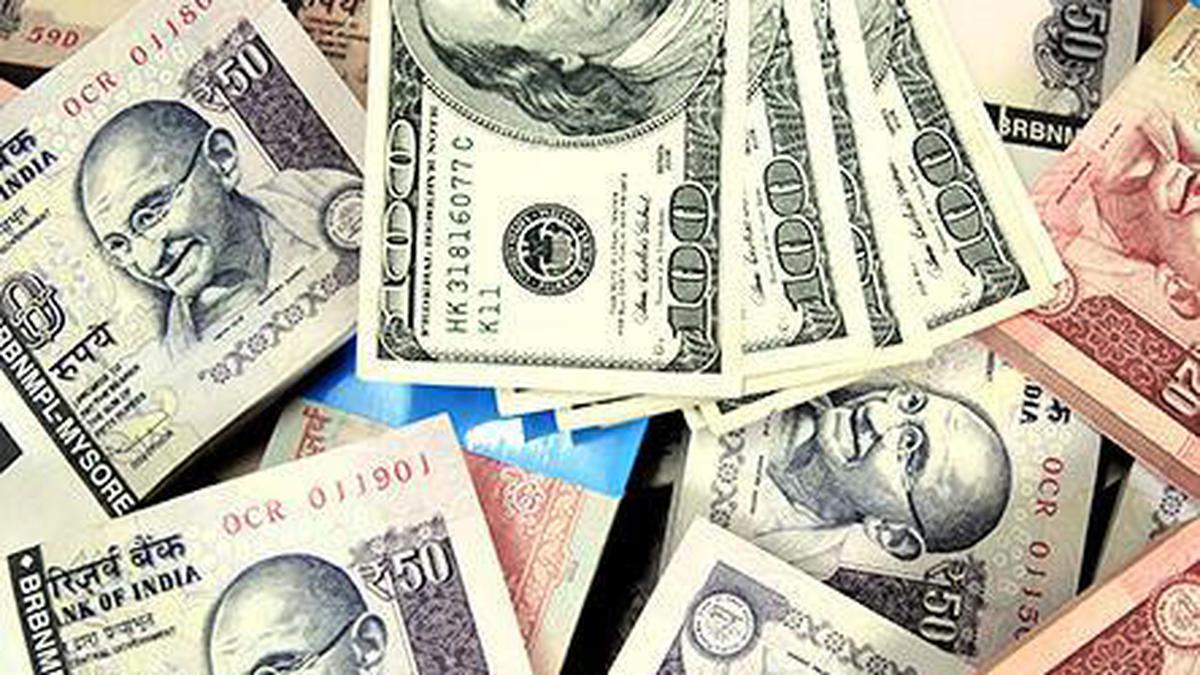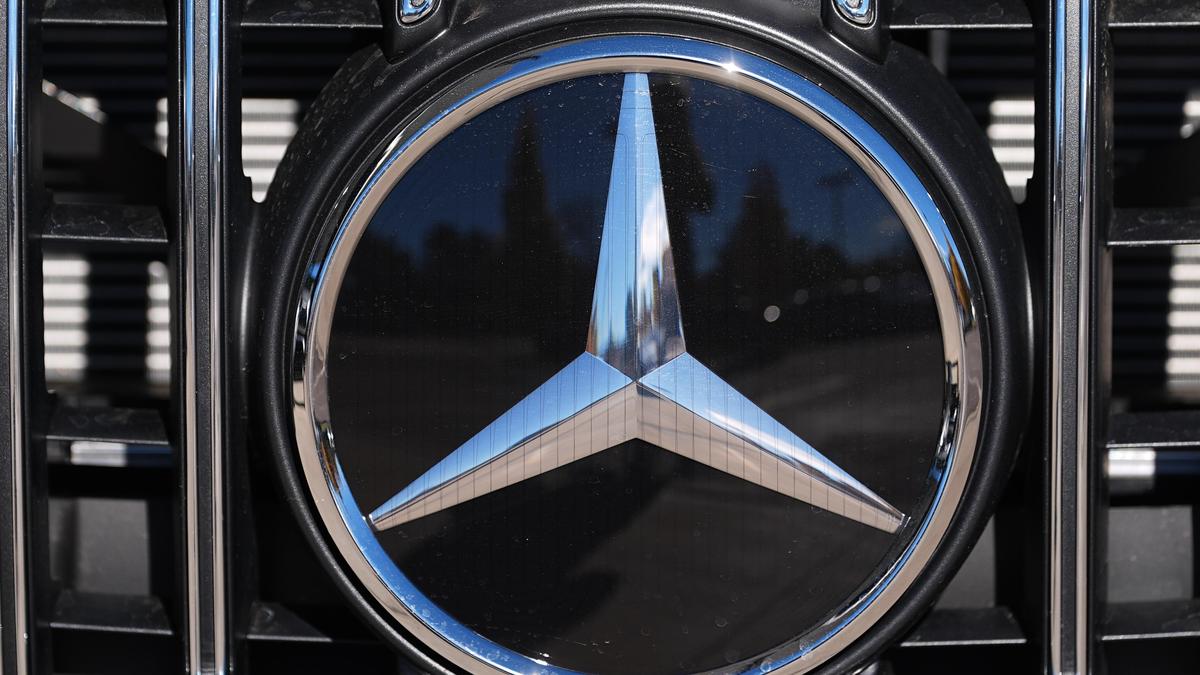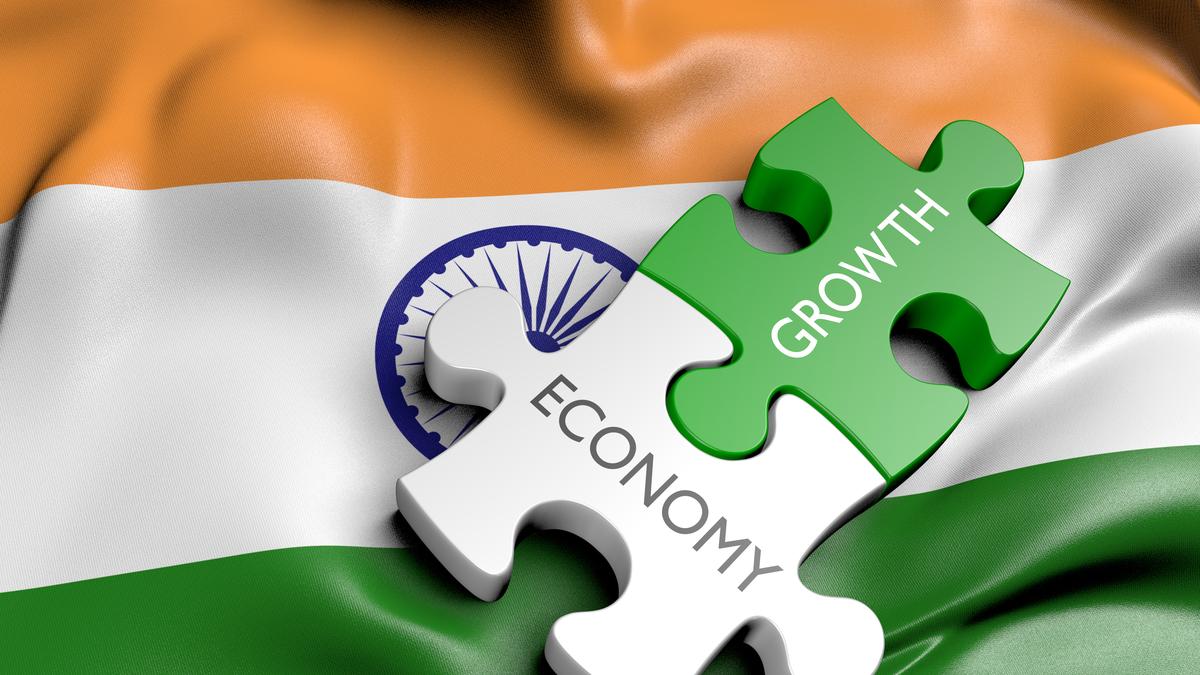GST Reforms announced by the GST Council at its 56th Meeting held on September 3, 2025, will boost domestic private consumption, negate the impact of U.S. President Donald Trump’s punitive tariffs on India’s GDP growth, while sustaining its growth momentum as the fastest-growing economy in the world though the GST is still work-in-progress and throws up mixed messaging through the latest round of rate rationalisation.
Boost private consumption
When the Prime Minister of India announced from the ramparts of the Red Fort on August 15, 2025 of an impending Diwali Gift to the nation in the form of proposed GST reforms (GST 2.0) that would lower and rationalise the GST rates to benefit the consumers in India, it set the perfect tone for the upcoming festive season. Before his announcement, the RBI, the IMF and several credit rating agencies had forecast India’s GDP growth to be around 6.5% for FY26, powered largely by agriculture, government infrastructure spending, manufacturing, construction and services sector growth.
As private consumption was lagging, the Government tried to address this through Income Tax reforms in the Union Budget for 2025-26, that increased the exemption limit, widened the tax slabs and lowered the rates of income tax. The Government also promised Goods and Services Tax (GST) reforms and tasked the Group of Ministers (GoM) to look into specific areas of GST reforms that can boost private consumption expenditure. The RBI also played its part by cutting lending rates (Repo rate came down from 6.5% to 5.5%).
Rate rationalisation to counter trump’s tariffs
As things were looking up on the growth front, the 50% reciprocal-cum-punitive tariffs imposed by the U.S. on some Indian exports to the U.S., which came into effect from August 27 this year, threatened to derail India’s growth momentum in terms of shaving off nearly half a percentage point from India’s GDP growth in the current fiscal. It is against this backdrop that the unanimous decision of the GST Council in its 56th meeting held on September 3, to exempt a large number of consumer goods of daily use and to limit the GST rates to largely two rates of 5% and 18%, from the prevailing four rates of 5,12,18 and 28% (the last carrying a compensation cess ranging from 1% to 22% to benefit the producer States), with a 40% third rate on a small number of sin and luxury goods, and the reorganisation of commodities and services to fit into these GST rates, came as a breath of fresh air to lift the pall of gloom imposed by the U.S. tariffs and set the upcoming festive mood in motion.
Sustaining GDP growth via induced demand
As per the press briefing of the Government of India, GST rate rationalisation is likely to result in a net revenue loss of Rs. 48,000 crore. However, according to some experts, the resultant buoyancy of the economy may offset some of these revenue losses, with the GDP of India expected to grow by an additional 0.5 to 1%, thereby offsetting the growth impact of Trump’s punitive tariffs on Indian exports. The GST rate rationalisation is going to benefit both the rural and urban consumers (especially the middle class) and give a fillip to overall domestic private consumption. Increased consumer demand due to fall in prices brought about by GST rate rationalisation, will benefit agriculture, dairy farming and a whole lot of industries like processed foods, Fast Moving Consumer Goods (FMCG), consumer durables, pharmaceuticals, leather, textiles, automobiles and auto components, cement, housing, construction and services like hospitality, healthcare, health and life insurance. In the case of the exemption from GST for health and life insurance premiums, it is said that while premiums may not go down because of the non-availability of input tax credit (ITC) due to this exemption, the overall individual payment by the policy holders towards insurance premiums will decline, making insurance more attractive to the consumers and thereby widening the insurance cover of individuals and households in the country.
GST, still work in progress
However, despite all the hullaballoo, surrounding GST 2.0 reforms, it is still a work in progress, as fossil fuels, liquor and electricity, fiercely resisted by States because of revenue and fiscal autonomy implications, are not part of the GST regime. Even after the reforms, there are effectively three rates of GST, namely, 5, 18 and 40% (without cess) while the consumer expectation was an ideal two rate GST regime of 5 or 6% and 16%. Some States even openly demanded to be compensated for their potential revenue losses, while others wanted to see a continuation of the compensation cess beyond its mandated expiry date. The GST Council, conscious of these pulls and pressures and the need to cut the revenue losses for both the Centre and the States, has created a new higher GST rate of 40% (by adding the discontinued rates of 12 and 28%), ostensibly to discourage the consumption of sin goods like tobacco in various forms, cigarettes, pan masala, gutka, on which compensation cesses will continue till such time the Centre pays off loans it borrowed on behalf of the States. High-end motorcycles, luxury cars, SUV’s, yachts and private jets also come under the 40% GST rate. Interestingly, every time cigarettes and beedis are subjected to higher rates of tax, the monopoly power of the existing players further goes up.
Mixed messaging
The taxation of cars, sedans and SUV’s is sending out mixed messages. Originally, electric vehicles (EV’s) were supposed to be taxed on par with petrol and diesel vehicles, but giving consideration to their representation, that they are still a nascent industry in India with inadequate support infrastructure like charging stations, the GST rate of 5% has been retained irrespective of engine capacity and length of the vehicle, unlike their petrol and diesel counterparts. If the intention is to encourage automobile buyers to transition to clean fuels, then there should also have been a differential treatment of CNG, petrol and diesel vehicles. Based on engine capacity and length, while all automobile buyers, except EV buyers for whom there is no change, enjoy a GST rate reduction of 5 to 10%, the sub-4 metre and up to 1200 CC for petrol and1500 CC for diesel categories get the highest rate reduction of 10%, while those above 4 metres and above 1200CC for petrol and 1500CC for diesel, benefit by 5% GST rate reduction. Again, some hoteliers are aghast that while Indian breads (read rotis) are exempt from GST, idlis and dosas are not!
Shift in consumer preferences ignored
Given that consumer preferences for cars have moved away from compact cars and hatchbacks to SUVs in general, is the Government nudging consumers to move back to entry-level cars and compact hatchbacks through the new GST rates? What impact will it have on the automobile industry in general and consumer preferences for automobiles in particular, going forward is a moot question only time can answer. Also, the retaining of 18% GST on automobile insurance and automobile maintenance services and auto repairs, leave vehicle owners disappointed. If a full exemption, like in the case of life and health insurance may not have been advisable given the revenue implications, a possible GST rate reduction to 5% should have been explored.
(The writer is former head and associate professor of economics, Loyola College)
Published – September 11, 2025 06:30 am IST






